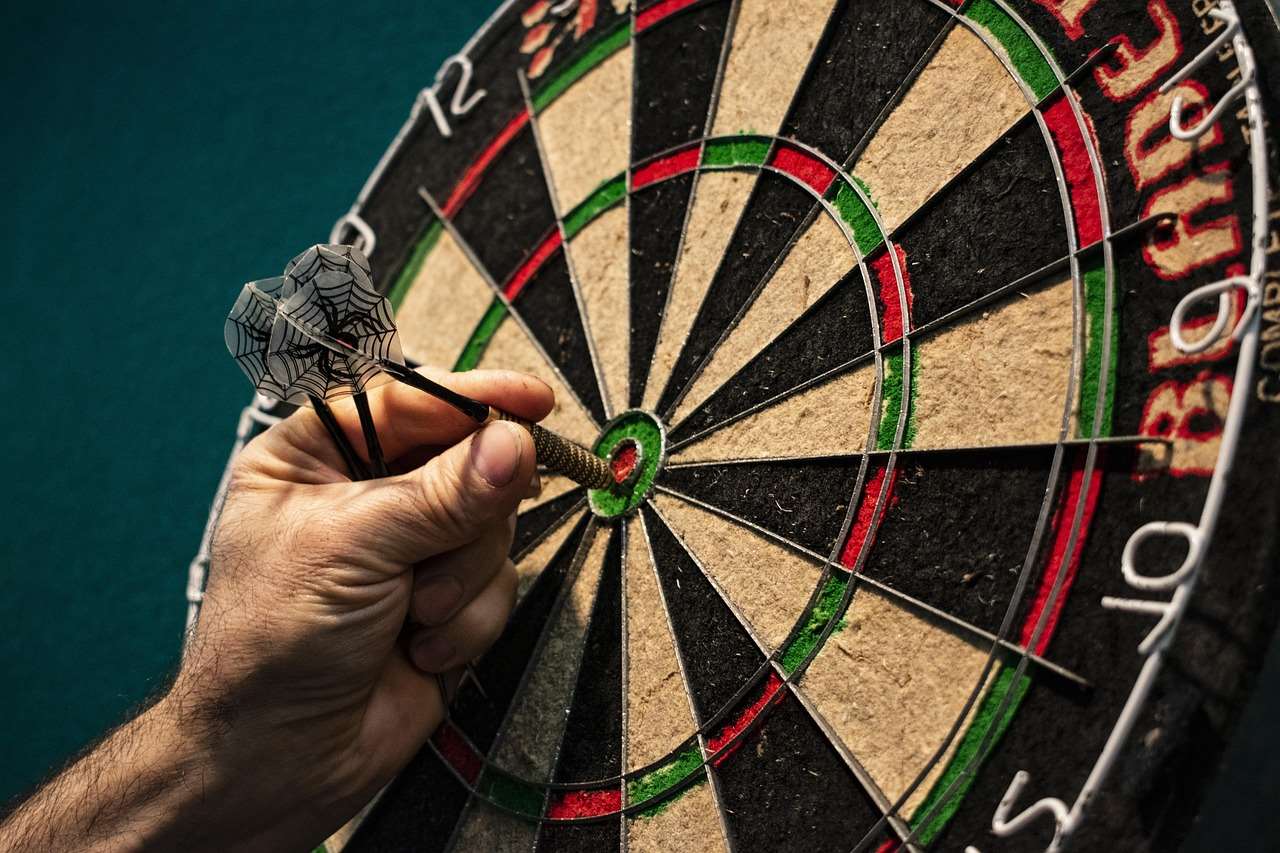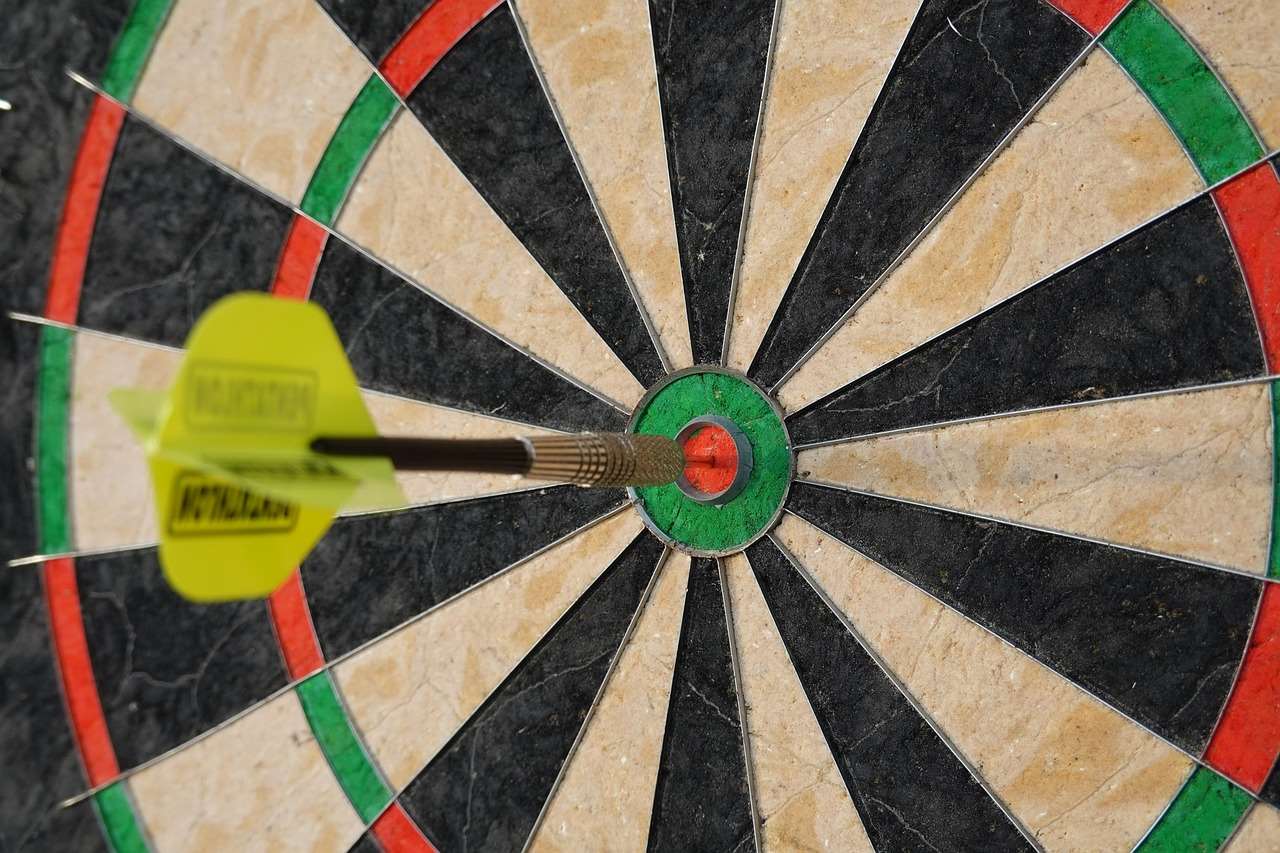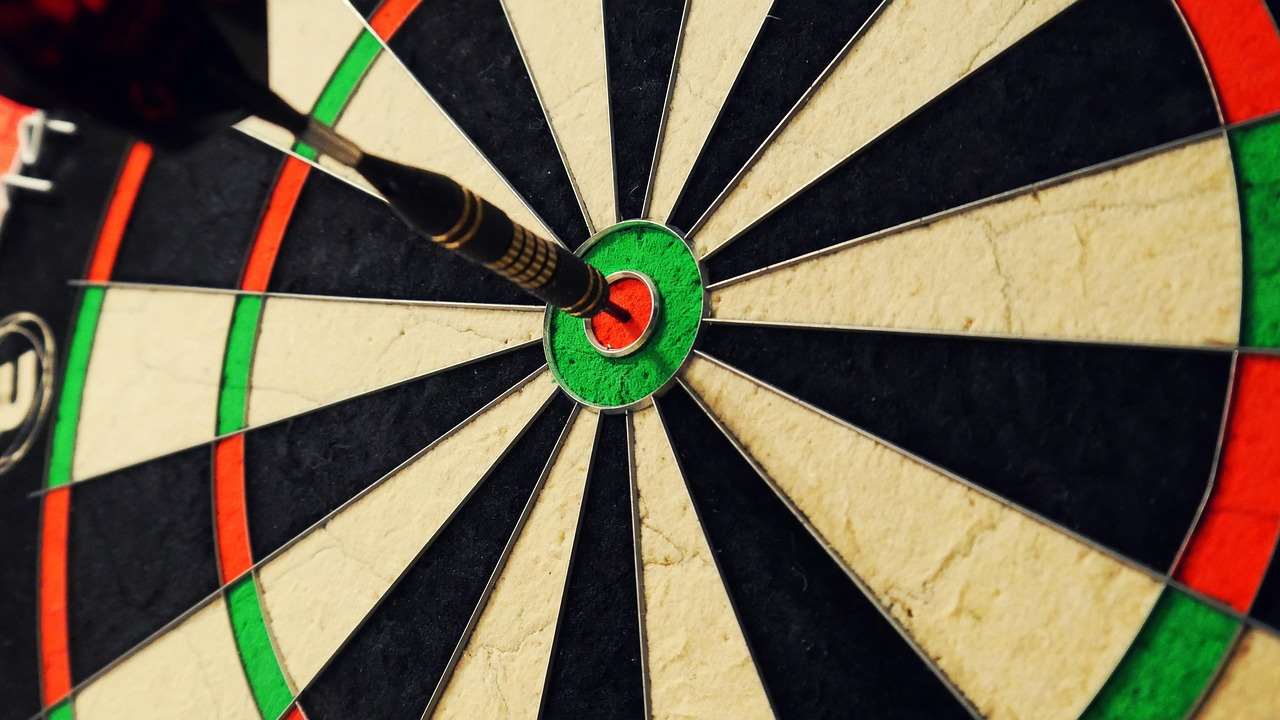The beauty of a senior darts league handicap lies in its ability to level the playing field, ensuring that players of varying skill levels can compete fairly and enjoyably. This article will explore the intricacies of implementing a handicap system in your senior darts league, offering insights into different methods, benefits, and considerations for creating a balanced and engaging competitive environment. We’ll cover everything from calculating handicaps to adjusting them based on performance, fostering a league where everyone has a chance to win.
⚠️ Still Using Pen & Paper (or a Chalkboard)?! ⚠️
Step into the future! The Dart Counter App handles all the scoring, suggests checkouts, and tracks your stats automatically. It's easier than you think!
Try the Smart Dart Counter App FREE!Ready for an upgrade? Click above!
Understanding the Need for a Senior Darts League Handicap
As players age, natural variations in skill and physical ability become more pronounced. A standard darts league, without any form of equalization, can often be dominated by a few consistently high-scoring players, potentially discouraging others. This is where a senior darts league handicap steps in.
The primary goal is to create a more equitable and competitive environment. A well-designed handicap system acknowledges differences in ability but still rewards improvement and consistent performance. This makes the game more engaging for everyone, regardless of their starting skill level. Consider this: without some equalization, you might see dwindling participation, especially amongst newer or less experienced senior players.
Benefits of Implementing a Handicap System
- Increased Participation: A handicap encourages players of all abilities to join and stay active.
- Enhanced Competition: Closer matches create more excitement and a sense of unpredictability.
- Improved Morale: Players feel valued and have a genuine chance to win, boosting team spirit.
- Skill Development: Knowing they’re competing on a fairer basis motivates players to improve their game. Understanding Basic Darts Fundamentals for Beginners can be a real game changer.

Different Methods for Calculating a Senior Darts League Handicap
Several approaches exist for calculating a senior darts league handicap. Each has its pros and cons, and the best choice depends on the size of your league, the availability of data, and the desired level of complexity. Here are some common methods:
Average-Based Handicap
This is perhaps the most straightforward method. It involves calculating each player’s average score over a set number of games. The handicap is then determined based on the difference between a predetermined target average (e.g., the average of the top player) and each individual’s average.
Example:
Let’s say the target average is 60 (representing a skilled player). If a player’s average is 45, their handicap might be calculated as a percentage of the difference (e.g., 80% of the difference between 60 and 45, which is 15). This would result in a handicap of 12 (0.80 * 15). This means they would start each game with a 12-point advantage.
Advantages:
- Simple to calculate.
- Easy to understand.
Disadvantages:
- Can be skewed by outliers (exceptionally good or bad games).
- May not accurately reflect a player’s true potential.
Winning Percentage Handicap
This method bases the handicap on a player’s winning percentage over a defined period. Players with a lower winning percentage receive a higher handicap.
Example:
If a player has won only 30% of their games, their handicap could be proportionally adjusted. A player who wins most of their games wouldn’t receive as large of a handicap. Figuring out How to make darts fairer with handicap rules is the first step.
Advantages:
- Reflects overall competitive performance.
- Reduces the impact of individual game outliers.
Disadvantages:
- May not be suitable for leagues with a small number of games.
- Can be affected by the strength of opponents played.
Elo-Based Rating System
Similar to systems used in chess and other competitive games, the Elo system assigns a rating to each player based on their performance against other players. The difference in Elo ratings determines the expected outcome of a match, and the handicap is then adjusted accordingly. The Simplified 501 game rules for novice players also influence player strategy.
Advantages:
- Provides a more dynamic and accurate rating of player skill.
- Adjusts handicaps based on the relative strength of opponents.
Disadvantages:
- More complex to implement and maintain.
- Requires dedicated software or spreadsheets.

Practical Considerations for Implementing a Senior Darts League Handicap
Beyond choosing a method, several practical considerations are crucial for successfully implementing a senior darts league handicap.
Data Collection and Tracking
Accurate data is essential for any handicap system. This includes recording scores, wins/losses, and any other relevant statistics. Designate someone to be in charge of this or utilize a dart league management software. Good data collection is the base of a good senior darts league handicap.
Initial Handicap Assignment
For new players or leagues starting with a handicap system, an initial handicap needs to be assigned. This can be based on self-assessment, trial games, or comparison to known players. Honesty and fairness are important during this stage to get things off to a good start.
Handicap Adjustments
Regularly adjust handicaps based on performance. This ensures that the system remains fair and that players who improve their game are not perpetually penalized. How often you adjust will be dependent on the length of your season but monthly adjustments are a good general idea.
Communication and Transparency
Clearly communicate the handicap system to all players, explaining how it works and how handicaps are calculated and adjusted. Transparency builds trust and reduces potential disputes. A well informed league player will appreciate the effort in designing a fair game through senior darts league handicap.
Addressing Potential Issues
Be prepared to address potential issues or concerns raised by players. Some players may feel that their handicap is too high or too low. Have a process in place for reviewing and addressing these concerns fairly. It may also be worthwhile to see if you can find Adapting darts rules for beginners to further increase engagement.

Common Pitfalls to Avoid with a Senior Darts League Handicap
While a senior darts league handicap can greatly improve the competitive balance of your league, certain pitfalls can undermine its effectiveness.
Over-Handicapping or Under-Handicapping
Inaccurately assessing a player’s true skill level can lead to over-handicapping (giving them too much of an advantage) or under-handicapping (not giving them enough). This can result in unfair matches and dissatisfaction among players. Continuous monitoring and adjustment are key to preventing this.
Infrequent Handicap Adjustments
Failing to adjust handicaps regularly can lead to imbalances. Players who significantly improve their game will quickly outgrow their handicap, while those who decline in skill may be unfairly disadvantaged.
Complex or Confusing Systems
Overly complex handicap systems can be difficult for players to understand and can lead to confusion and frustration. Keep the system as simple and transparent as possible.
Lack of Consistency
Inconsistently applying the handicap rules or making exceptions can erode trust and create a perception of unfairness. Ensure that the rules are applied consistently to all players.

Advanced Strategies for Optimizing Your Senior Darts League Handicap
Once you have a basic handicap system in place, consider these advanced strategies to further optimize its effectiveness and enhance the overall experience for your league members.
Dynamic Handicap Adjustments
Implement a dynamic handicap adjustment system that automatically adjusts handicaps based on recent performance. This can involve using a rolling average or a more sophisticated algorithm that takes into account the strength of opponents played.
Tiered Handicap Systems
For larger leagues, consider dividing players into tiers based on skill level and implementing separate handicap systems for each tier. This can create a more balanced and competitive environment within each tier.
Incentives for Improvement
Offer incentives or rewards for players who demonstrate significant improvement in their game. This can further motivate players to develop their skills and contribute to the overall competitiveness of the league.
Gathering Player Feedback
Regularly solicit feedback from players regarding the handicap system and any potential areas for improvement. This can help you identify and address any issues or concerns that may arise and ensure that the system remains fair and effective.

The Future of Senior Darts League Handicaps
The future of senior darts league handicap systems is likely to involve increased use of technology and data analytics. Sophisticated software and apps can automate the calculation and adjustment of handicaps, providing more accurate and dynamic assessments of player skill. Furthermore, these systems can incorporate advanced metrics beyond simple averages to provide a more comprehensive view of player performance.
We may also see the emergence of more personalized handicap systems that take into account individual player characteristics, such as age, experience, and physical limitations. These personalized systems would aim to create an even more equitable and engaging competitive environment for all players, promoting longevity and enjoyment in the sport.
Ultimately, the goal of any senior darts league handicap system is to create a fun, fair, and competitive environment that encourages participation, fosters camaraderie, and celebrates the sport of darts. By carefully considering the factors outlined in this article and continuously adapting your approach based on player feedback and technological advancements, you can ensure that your senior darts league thrives for years to come.
Ready to elevate your senior darts league? Implement a senior darts league handicap to foster a fairer, more engaging, and competitive environment. Explore the various methods discussed, collect accurate data, and regularly adjust handicaps to ensure an equitable experience for all players. Encourage feedback and adapt your approach as needed to create a thriving and inclusive league. Now’s the time to level the playing field and ensure everyone enjoys the thrill of the game!
Hi, I’m Dieter, and I created Dartcounter (Dartcounterapp.com). My motivation wasn’t being a darts expert – quite the opposite! When I first started playing, I loved the game but found keeping accurate scores and tracking stats difficult and distracting.
I figured I couldn’t be the only one struggling with this. So, I decided to build a solution: an easy-to-use application that everyone, no matter their experience level, could use to manage scoring effortlessly.
My goal for Dartcounter was simple: let the app handle the numbers – the scoring, the averages, the stats, even checkout suggestions – so players could focus purely on their throw and enjoying the game. It began as a way to solve my own beginner’s problem, and I’m thrilled it has grown into a helpful tool for the wider darts community.